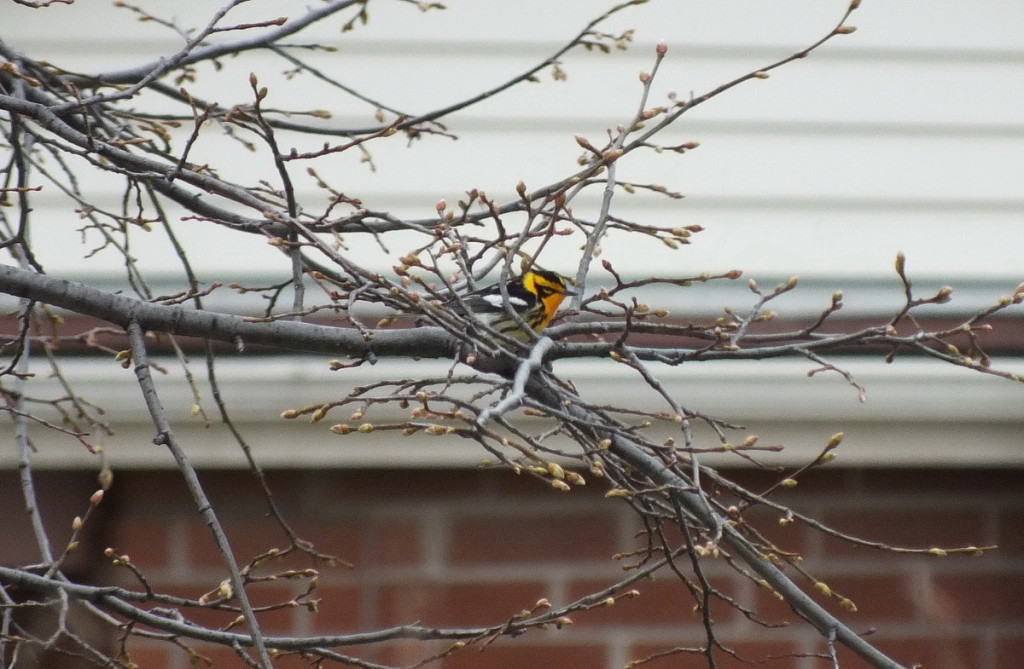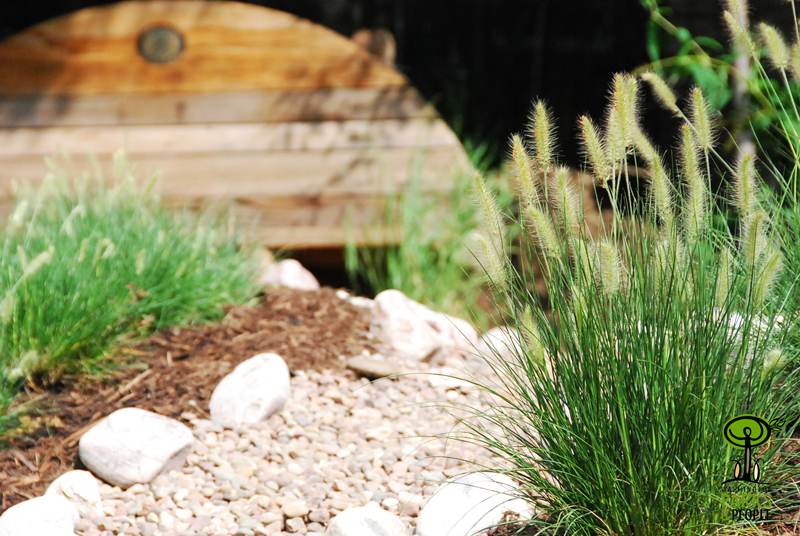We can design our cities in ways that lower stress and better our health. Our urban green spaces can be tailored to local needs while also incorporating elements desired across the world. But, what general principles do we know? How can your city implement community-centered, open green spaces?
The Landscape and Urban Planning journal is a major publication platform for researchers and designers representing general trends and new ideas in cities across the globe. 
In a review of sixteen years of articles published in Landscape and Urban Planning, Matsuoka and Kaplan found six consistent Nature and Human-interaction needs apparent when we interact in outdoor urban environments (1). These themes existed across 23 countries with diverse cultures and political systems. Researchers contributing new data and ideas to this body of research include a Nature Sacred Award Team.
“Wherever they may be, urban residents express a desire for contact with nature and each other, attractive environments, places in which to recreate and play, privacy, a more active role in the design of their community, and a sense of community identity”.

Contact with nature: Nearly all the studies over 16 years document the broad range of ways in which contact with nature contributes to improved quality of life, even if the encounter is only a brief opportunity to escape the urban bustle, relax, and possibly contemplate or enjoy the time in nature. An unwelcoming parking lot is softened with native trees. You are more likely to take an evening walk if there is a small waterfall on the side of that office building.
Attractive environments: People prefer outdoor spaces interpreted to be beautiful, clean, and with pleasant sounds. One researcher notes, “…different species can help to establish “place” in the minds of new residents and children…” And, did you know most people rate two equally loud sounds differently when one is urban background noise and one is a bird call?
Recreation and play: About 40% of the 90 studies reviewed included some kind of recreational play design. Designs included non-traditional sites (like a rooftop) and were often culturally specific. Desire to play and release your inner child exists across all ages, nationalities and socio-economic groups!

Social interaction and privacy: Natural landscapes can play a key role in promoting social interaction within hospital grounds, urban parks, and greenway trails. In addition, privacy needs and refuge from daily activity can be found in secluded urban woodlands, rooftop gardens and pocket parks.
Citizen participation in the design process: Nearly half of the studies in this international collection of urban landscape projects incorporated ways that citizens can participate in the design process. This shows that many city planners and designers are recognizing the superior design and community support borne out of such collaboration. In 2015, the challenges to reflect and include local needs is broad and deep.
“She joined other respondents who were mothers with young children to suggest that roof gardens should be provided with more plants that would become the ‘honeypot’ of insects (such as butterfly and caterpillar) where their children could observe nature at close range and develop an interest in nature that may otherwise be lost in the congestion of urban life. “
Sense of community identity: There is a widespread recognition in many of the studies described here of a loss of geographically-based community identity. Some studies cite designs that concentrate on community economics rather than resident needs, or designs that simply are not reflective of the community. It is well established in the design community that public outdoor spaces promote and foster community identity.
Interesting in getting started building an open green space? We’ve got a replicable model to leverage—and feel free to reach out if we can help you along!
###
1 Matsuoka, RH, & R Kaplan. 2008. People needs in the urban landscape: Analysis of landscape and urban planning contributions. Landscape and Urban Planning 84, 1: 7-19.
Also see Ryan, RL. 2011. The social landscape of planning: Integrating social and perceptual research with spatial planning information. Landscape and Urban Planning 100: 361-363.

